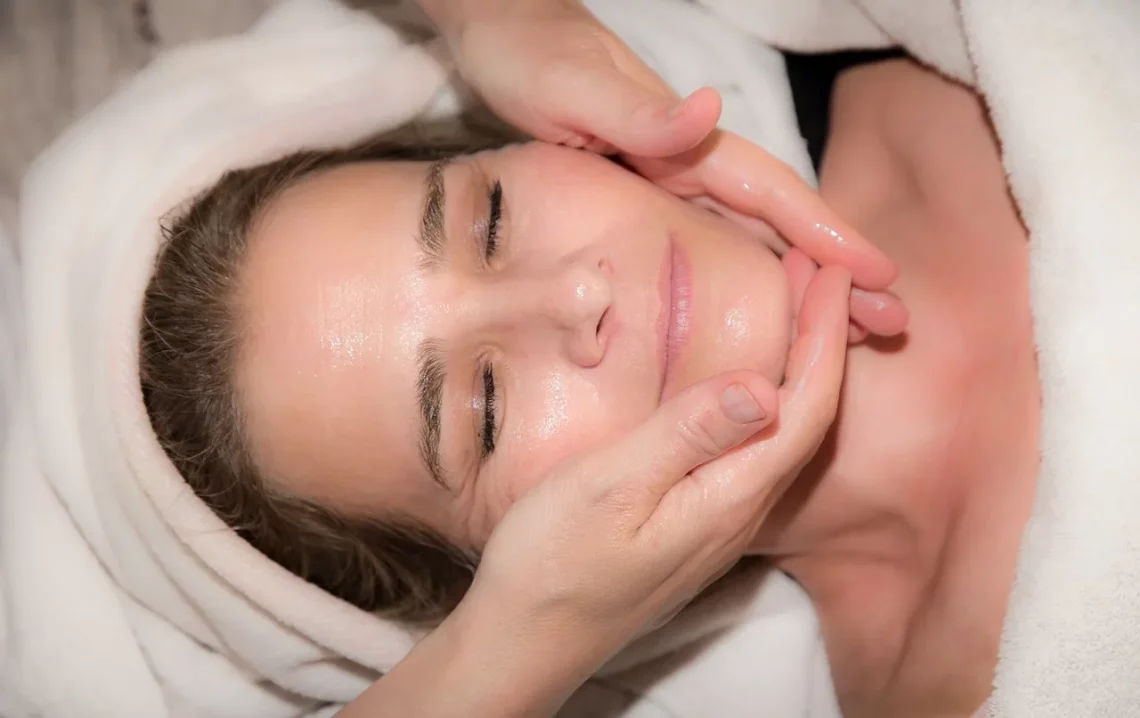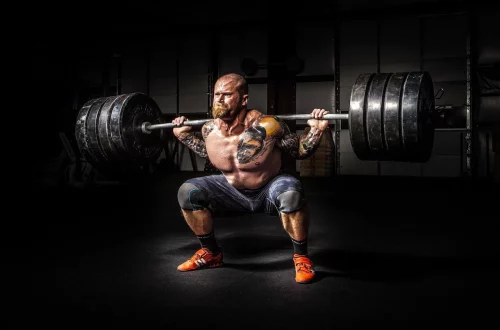
The Benefits of Hip Flexor Massage for Improved Mobility and Comfort
Hip flexors are a group of muscles located near the top of the thighs that enable a wide range of movements, such as lifting the knees and bending at the waist. Due to their crucial role in everyday activities, they are often subjected to tightness and discomfort, especially for those who lead a sedentary lifestyle or engage in repetitive physical activities. Tension in these muscles can lead to a cascade of issues, including reduced mobility, lower back pain, and postural imbalances. Therefore, understanding how to relieve stress in this area is essential for maintaining overall body comfort and functionality.
Massage therapy has emerged as a popular method for alleviating tightness in the hip flexors, promoting relaxation and improved mobility. This practice not only enhances physical well-being but also contributes to a better quality of life by allowing individuals to move with greater ease and comfort. As more people become aware of the importance of hip flexor health, the demand for effective techniques such as massage therapy is growing.
In this article, we will explore how hip flexor massage can provide significant benefits for mobility and comfort, leading to a more active and fulfilling lifestyle.
Understanding the Hip Flexors and Their Importance
The hip flexors are a complex group of muscles that include the iliopsoas, rectus femoris, sartorius, and tensor fasciae latae. These muscles play a vital role in various movements such as walking, running, and bending. When functioning optimally, hip flexors allow for smooth and efficient movement patterns. However, due to factors like prolonged sitting, poor posture, or intense physical activity, these muscles can become tight or strained, leading to discomfort and decreased range of motion.
Tight hip flexors can significantly impact your daily life. For instance, they can cause discomfort while sitting, standing, or performing physical activities. Additionally, tightness in these muscles can contribute to lower back pain, as they are closely linked to the lumbar spine. When the hip flexors are tight, they can pull the pelvis forward, creating an imbalance that affects posture and alignment.
Moreover, weakened or tight hip flexors can lead to overcompensation from other muscle groups, resulting in further injuries and discomfort. For athletes, tight hip flexors can hinder performance, limit speed, and increase the risk of injury. It’s essential to pay attention to these muscles and incorporate strategies like stretching and massage into your routine to maintain their health and functionality.
By understanding the significance of the hip flexors, individuals can take proactive steps to address any discomfort or tightness. Regular massage therapy can be an effective way to ensure these muscles remain flexible and functional, ultimately improving overall mobility and quality of life.
The Process and Techniques of Hip Flexor Massage
Hip flexor massage involves applying pressure to the muscles in the hip region to relieve tension and promote relaxation. This technique can be performed by a professional massage therapist or even at home with the right tools and knowledge. Various techniques can be utilized, including deep tissue massage, trigger point therapy, and myofascial release, each targeting specific areas of tension.
Deep tissue massage focuses on the deeper layers of muscle and connective tissue. By applying firm pressure, this technique helps to break down adhesions and knots that may be causing discomfort. It is particularly beneficial for individuals with chronic tightness in their hip flexors, as it promotes blood flow and aids in the healing process.
Trigger point therapy targets specific points within the muscles that are overly tight or tender. These points, known as trigger points, can refer pain to other areas of the body. By applying sustained pressure to these points, the muscle fibers can relax, alleviating discomfort and restoring mobility.
Myofascial release is another technique that focuses on relieving tension in the fascia, the connective tissue surrounding muscles. This method involves gentle stretching and sustained pressure to help release restrictions and improve overall movement. It is particularly effective for individuals who have experienced trauma or have chronic pain conditions.
When performing hip flexor massage, it is essential to communicate with the therapist or listen to your body if you are doing it yourself. Everyone’s body responds differently, and finding the right amount of pressure and technique is crucial for an effective session.
Incorporating hip flexor massage into your routine can lead to significant improvements in mobility and comfort. Regular sessions can help maintain flexibility, reduce the risk of injuries, and enhance overall physical performance.
Benefits of Regular Hip Flexor Massage
Regular hip flexor massage offers a plethora of benefits that extend beyond immediate physical relief. One of the most significant advantages is the improvement in mobility. By releasing tightness in these muscles, individuals can experience a greater range of motion in their hips, making everyday activities like walking, bending, and climbing stairs easier and more comfortable.
In addition to enhanced mobility, hip flexor massage can lead to better posture. Tight hip flexors can pull the pelvis forward, resulting in an exaggerated curve in the lower back. By loosening these muscles, individuals may find it easier to maintain proper alignment, which can alleviate discomfort and prevent future issues.
Moreover, regular massage can help reduce stress and promote relaxation. The hip flexors are often associated with emotional tension, and releasing physical tightness can have a positive impact on mental well-being. Many individuals report feeling more relaxed and centered after a massage session, which can contribute to an overall sense of well-being.
Another notable benefit is the potential for improved athletic performance. For athletes and active individuals, maintaining flexible hip flexors is essential for optimal movement efficiency. Regular massage can aid in recovery after intense workouts, reduce muscle soreness, and enhance overall physical performance.
Lastly, hip flexor massage can support injury prevention. By addressing tightness and imbalances in the hip region, individuals may reduce their risk of strains or tears that can occur during physical activities. This proactive approach to muscle care is essential for maintaining long-term health and fitness.
In conclusion, the benefits of regular hip flexor massage are manifold, ranging from improved mobility and posture to enhanced mental well-being. Incorporating this practice into your routine can lead to a more active and fulfilling lifestyle.
Incorporating Hip Flexor Massage into Your Routine
Integrating hip flexor massage into your regular routine can be simple and rewarding. Whether you choose to visit a professional massage therapist or practice self-massage techniques at home, consistency is key to reaping the benefits.
If you opt for professional massage, consider scheduling sessions every few weeks or as needed, depending on your activity levels and how your body feels. It’s essential to communicate your specific needs and any discomfort you may experience to your therapist. This way, they can tailor the session to focus on areas that require more attention.
For those who prefer self-massage, there are several tools available that can assist in targeting the hip flexors effectively. Foam rollers, massage balls, and even your hands can be used to apply pressure to tight areas. Begin by identifying tight spots and using slow, controlled movements to apply pressure. Remember to breathe deeply during the process, as this can enhance relaxation and effectiveness.
In addition to massage, incorporating stretching exercises for the hip flexors can further enhance mobility and reduce tightness. Activities like yoga or pilates often include poses that target these muscles, promoting flexibility and strength.
Finally, paying attention to your overall posture and movement patterns throughout the day can also make a significant difference. Make a conscious effort to stand and sit with proper alignment, and take breaks to move around if you spend long periods sitting.
Incorporating hip flexor massage and complementary practices into your routine can create lasting improvements in your mobility, comfort, and overall quality of life.
—
**Disclaimer:** This article is for informational purposes only and does not constitute medical advice. Always consult with a healthcare professional for any medical concerns or before starting new treatment methods.




